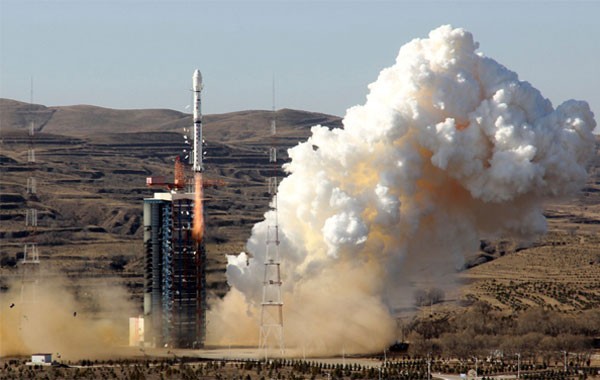China successfully launched its weather satellite Fengyun-II 08 on Wednesday, Dec. 31, from a launch center in the country's southwest.
The Long March 3A rocket carrying Fengyun-II 08 blasted off at 9:02 a.m. local time at the Xichang Satellite Launch Center in Sichuan Province and delivered it to near-Earth orbit, state-run Xinhua news agency reported. The satellite is the successor to the Fengyun-II 07, which was sent into space in Jan. 2012 and remains in orbit.
Both the Fengyun-II 08 and the rocket were developed by China Aerospace Science and Technology Corporation (CASC). Xinhua's report also notes that Wednesday's launch marks the 203rd mission that a Long March-series rocket has been used.
According to the China Meteorological Association, the satellite contains a scanning radiometer and space environment monitor. It is designed to collect meteorological, maritime, and hydrological data; transmit information for weather forecasting; and monitor environmental changes once in orbit.
China has recently been advancing its development of space technologies. In November, CASC announced plans to launch approximately 120 satellites to pave the way for the nation's space infrastructure in the future that include 70 environmental monitoring satellites, 20 communications satellites and 30 navigation satellites. Russia's news agency RIA Novosti also reported that China intends to have its own space station by 2020.
On Saturday, a Long-March-4B rocket carrying a Yaogan Weixing-series satellite was also launched from the LC9 launch complex at the Taiyuan Satellite Launch Center in Shanxi Province. The satellite will serve as a remote sensing device for land surveys, disaster monitoring and scientific experiments.



























